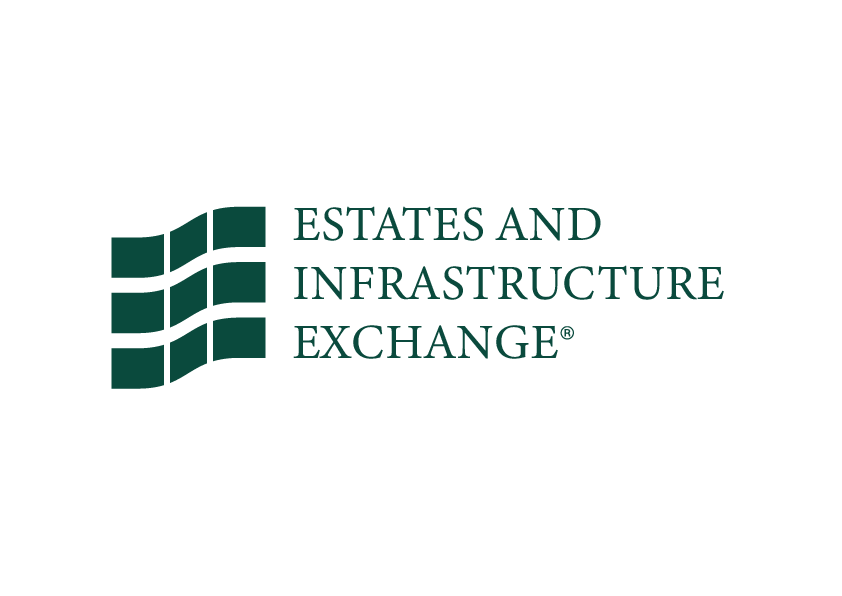Bridges and tunnels have not traditionally enjoyed a reputation for being the raciest of asset classes, more boring brickwork than beautiful bridesmaid.
Yet, there can be no doubt that infrastructure as an asset class is mushrooming on the back of interest from smaller and medium-sized investments, rather than it seems, the mastodon of insurers and pension funds.
As an asset class infrastructure is comparatively new. In 2006 there were nine listed infrastructure mutual funds and no listed exchange traded funds.
Last year, there were 66 listed funds and 32 ETFs tracking listed infrastructure as 17 index providers published more than 25 listed infrastructure indices. Tallied up by Noel Amenc, professor of finance at Edhec Business school, these instruments in 2017 held around US$50bn in assets under management in total.
Even the more senior infrastructure funds like the FTSE-250 listed HICL was only launched in 2006 and the better-known John Laing Infrastructure Fund (JLIF) in 2008. JLIF is also FTSE- 250 listed and one of the largest and most mature of its kind in Europe, with net assets of GBP1,234m as at 31 December 2017.
Yet, the World Economic Forum estimates there is a global need for infrastructure investment of USD3.7trn each year, while only USD2.7trn is invested.
Staggering shortfall
McKinsey estimates that by 2030 the G20 nations’ need for infrastructure projects will be US$60trn outstripping investment by at least USD20trn. A staggering shortfall.
This is the perfect hunting ground for insurers but even though they have been given a frame work for infra investment under the bulbous EU regulation Solvency II, there has been some historical reluctance to get stuck into infra. Where are the institutions?
Back in 2013 where there was still uncertainty about what Solvency II would look like six major insurers – Legal and General, Aviva, Standard Life, Friends Life and Scottish Widows – announced a GBP25bn investment in UK infra. These included Aviva funding the Inverness College campus and M&G (Prudential) providing funding for the Alder Hey Children’s Hospital in Liverpool.
All very worthy, but hardly bridges and tunnels. Thames Tideway – London’s GBP4.2bn ‘Super Sewer’ – is an exception with a GBP100m investment from Pension Insurance Corporation in 2016 and subsequently further investments from five institutional investors including Allianz Global and Swiss Life Asset Management.
One notable investment in 2016 was from Allianz Global Investors who invested GBP500m in the expansion of the M8 corridor in Scotland. Allianz was also a prime mover in the M6 Toll road.
Adrian Jones, director of infrastructure debt at Allianz Global Investors, said: “You only get into infrastructure when there is a good price and this is vital because a little bit of extra return means pensioners don’t have make up the shortfall and employers don’t have to put so much money in.”
Jones’ team looks for projects which provide “resilient credit” with an average life span of 20 years. There is, he says, quite simply a notable shortage of good projects in which to invest.
Growth opportunity
So why should insurers be getting more excited about infrastructure as an asset class.
- Access to a global growth opportunity – good for risk balancing.
- All infrastructure projects provide essential public services by definition and so will guarantee income as long as “there are cars on the road”.
- Enhanced yield potential compared to equities and bonds – Infrastructure companies historically provide a relatively high dividend yield and predictable and resilient cashflows.
- Portfolio diversification – Exposure to infrastructure as a defensive alternative to equity or bond investment helps manage portfolio volatility.
- Stability – the yields may be on the low side 6-8 per cent typically – but they are stable.
- Long-dated investment grade paper – even beyond a 30-year horizon.
- Unlike corporate debt infrastructure loans tend to improve in credit quality the longer you hold them.
- Diversity – what bigger range of assets could there be?
- Illiquid – so it can offer better returns than other long-term assets.
- Risk management. This is something insurers know a thing or two about and risk is mitigated, and heavily insured, already. Thus they give risk-adjusted returns.
A detailed training paper written for CAIA (Chartered Alternative Investment Analyst) candidates in 2012: stated:
“Compared to the noise around infrastructure equity funds, there has been surprisingly little exploration of infrastructure bonds and their potential benefits as low-cost, long duration and possibly inflation-linked investment instruments.
“After the financial crisis, one can now observe an increased interest in infrastructure bonds, both from the side of the issuers (governments and infrastructure companies) and from investors.”
How lucky it is then that a brand new infrastructure exchange – Estates and Infrastructure Exchange (EIX) – has been designed for exactly that purpose?
Yet another reason to get excited about infrastructure.

